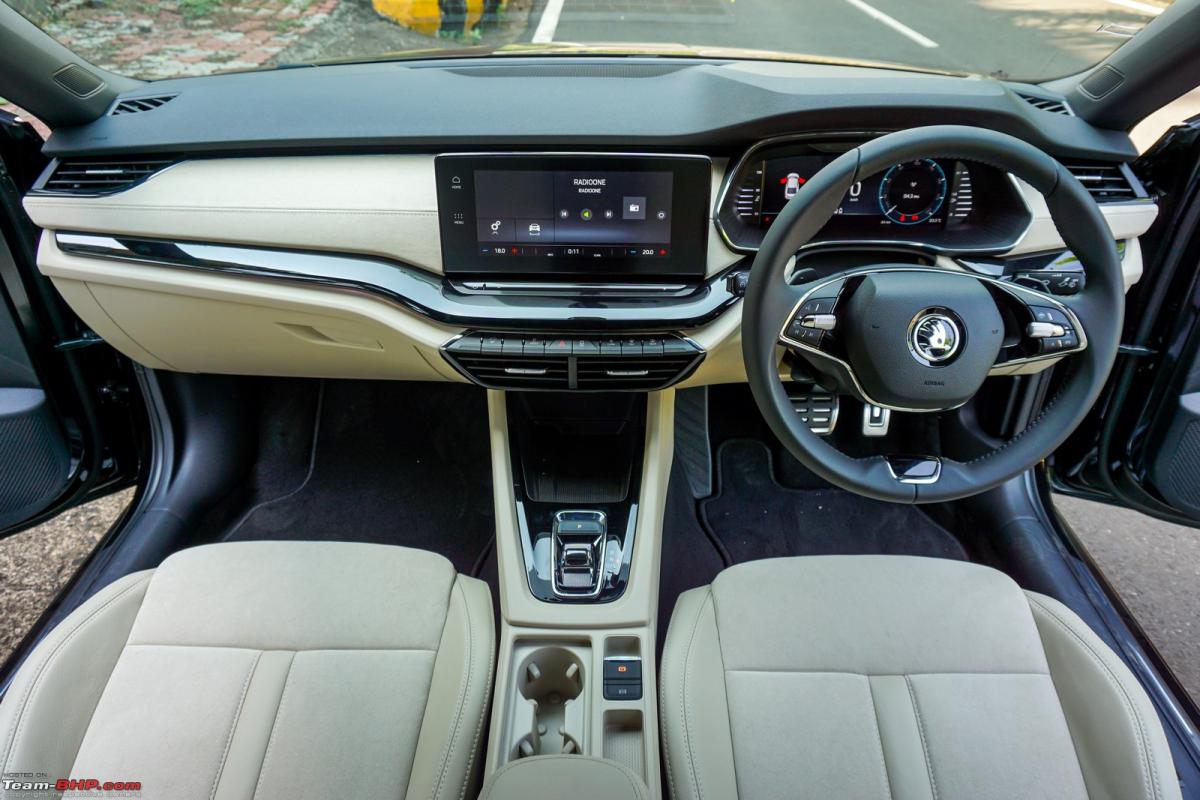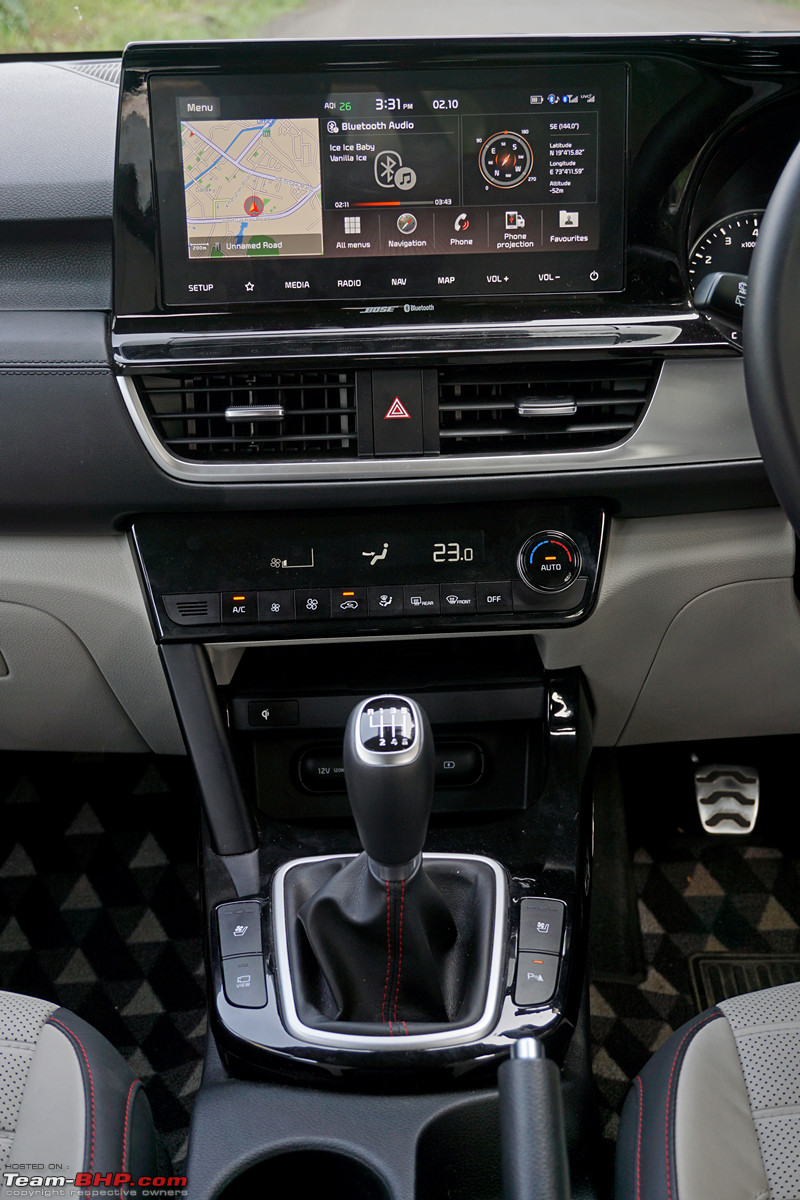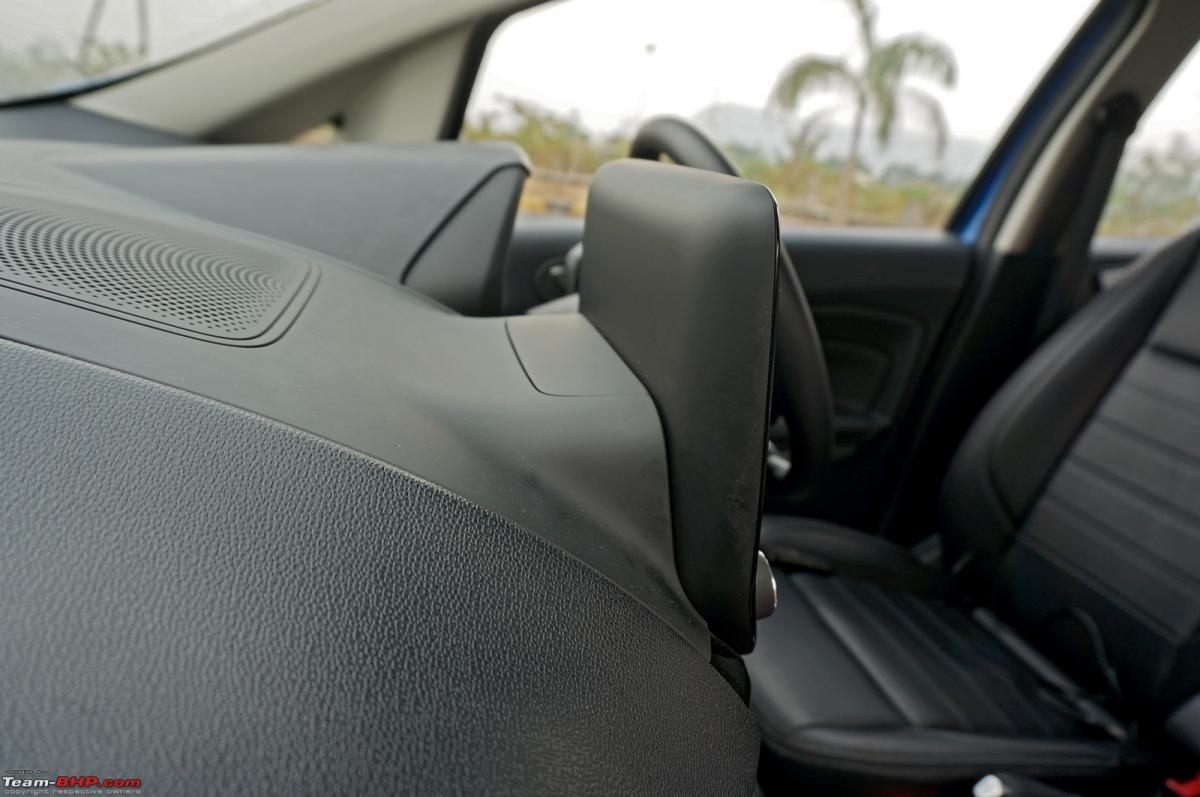News
Car Infotainment: Floating Displays vs Integrated Head-Units
Mercedes was one of the first to introduce a display screen that was not integrated into the dashboard in the 2012 A-Class.
Floating Display Infotainment Head-Units vs Integrated Infotainment Head-Units
Car infotainment systems have been around for quite a while now. With time, their placement on the dashboard of the car has changed. At present head-units with large display screens are all the rage. The latest trend in placement of the head-units is the top of the dashboard.

Mercedes was one of the first to introduce a display screen that was not integrated into the dashboard in the 2012 A-Class. These “floating” or freestanding head-units either stick out from the top of the dashboard or appear like tablets stuck to the centre fascia. As they are not integrated into the dashboard, they look like an afterthought. Still, with time, the trend seems to be that more and more cars are sporting such infotainment systems.

Floating infotainment head-units have their own advantages and disadvantages compared to integrated systems.
Pros of Floating Head-Unit Displays
Safety
Floating screens are positioned higher compared to those built into dashboards. This brings them more in the line of sight of the driver. There is no need to look downwards to adjust any of the functions. The driver can keep his eyes closer to the road at all times. This is particularly useful while using the navigation system where the driver frequently needs to look at the screen.

On the other hand, a screen integrated into the dashboard or centre fascia will mean that the driver needs to look downwards while operating it. That means there will be a small period of time when he is not looking at the road or what’s happening around the vehicle. Needless to say, this is dangerous.
Space management
With time, the number of features being added to cars is increasing. Earlier it was just a cubby hole or a couple of cupholders that featured on a centre fascia of a car. Now, you need suitably large spaces for storing items like smartphones, wireless charging, multiple USB slots, 12V power outlets, climate control systems, switches and buttons to operate various features and more. Since a floating display screen sticks out from the top of the dashboard, it leaves an additional part of the centre fascia free to accommodate other things. Some head-units have even integrated the climate control system and, in the process, freed up even more space on the centre fascia.

In the case of an integrated head-unit, a lot of space on the centre fascia is consumed. Less room is left for other items compared to freestanding head-units.
Cons of Floating Head-Unit Displays
Design
Looks are subjective. While some might like the display screen sticking out of the dashboard, no one can deny that it looks like an afterthought. In many cases it looks like an iPad or similar tablet has been stuck on to the dashboard as an aftermarket modification. It definitely breaks the flow of the dashboard’s design.

On the other hand, integrated head-units look like they were always meant to be there. You have no doubt that the dashboard was built keeping the head-unit in mind. The design looks unified and complete, with nothing sticking out like a sore thumb.

Likely to go out of style soon
Many trends stay for a few years and then become outdated and vanish. This is particularly true in the case of electronics & gadgets. We are not sure if freestanding display screens will continue to look good after 15 years or so. They are likely to go out of fashion once the novelty factor wears off, or a newer technology changes the game.
Meanwhile, integrated systems have been around for many years now. They still do not look out of place in a car. They are much more likely to look "right" even after many more years.

Check out BHPian comments for more insights and information.














_0_0.jpeg)

.jpg)





